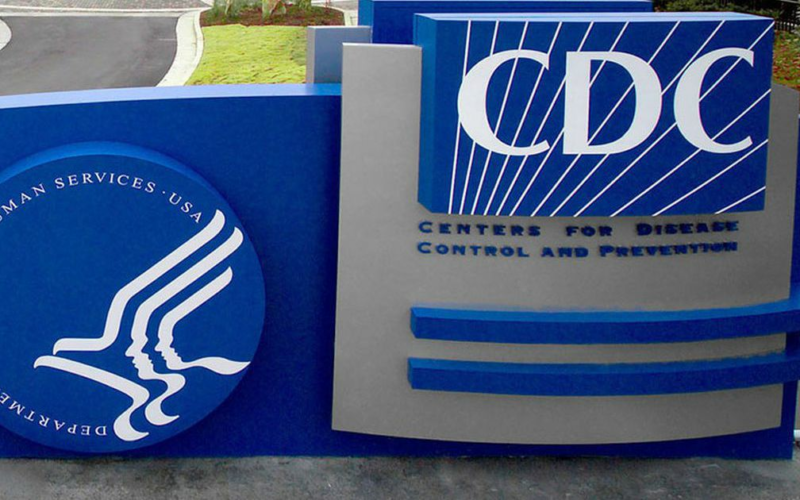By Nancy Clanton, The Atlanta Journal-Constitution
Troy Warren for CNT
Candida auris has been seen in Georgia, but this is the first time CDC reports person-to-person transmission
Candida auris, which is deadly in 1 out of every 3 patients, is now jumping from person to person, according to a new report.
The Centers for Disease Control and Prevention in Atlanta reported in 2019 the deadly superbug fungus was spreading around the world and had been reported in 14 states, including Georgia.
A new CDC report, issued last week, details outbreaks in hospitals and long-term care facilities in the District of Columbia and Texas. Although the fungus isn’t new, the report cites evidence that it is now jumping from person to person, which hasn’t been documented before in the United States.
From January to April, 123 people in those two locations were infected with the fungus and had a 30-day mortality rate of 30%, according to the report. Several of the infections were resistant to at least one drug and five were resistant to all three types of major antifungal medications that are usually used to treat these infections.
The fungus, which is mostly found in hospitals and nursing homes and mostly infects those with weakened immune systems, was first identified in 2009 in the ear of a 70-year-old Japanese woman.
Despite the newest outbreaks happening at about the same time, the CDC said it doesn’t think they’re related. But, they said in the report, “surveillance, public health reporting, and infection control measures are critical to containing further spread.”
The CDC said it considers C. auris a serious global health threat for three main reasons:
- It is often multidrug resistant.
- It can be misidentified in labs without specific technology. Misidentification may lead to inappropriate management.
- It has caused outbreaks in health care settings. For this reason, it is important to quickly identify C. auris in a hospitalized patient so that health care facilities can take special precautions to stop its spread.
In Other NEWS



































